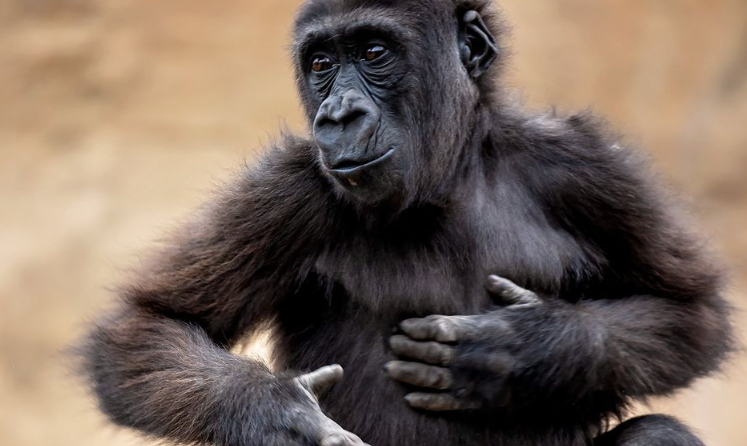Buronius manfredschmidi: A Tiny Great Ape Species from 11 Million Years Ago (GS Paper 3, Science)

Introduction: Unraveling the Mystery of Buronius manfredschmidi
- The recent discovery of Buronius manfredschmidi has sparked excitement and intrigue in the field of paleoanthropology.
- Led by Professor Madelaine Böhme at the University of Tübingen, a team of researchers unearthed this remarkable find in Bavaria, Germany.
- Buronius manfredschmidi, weighing in at a mere 10 kilograms, now holds the title of the smallest known great ape species from 11 million years ago.
Morphological Features and Lifestyle: Insights into the Tiny Great Ape's World
- Despite its diminutive size, Buronius manfredschmidi boasted intriguing morphological features that offer clues about its lifestyle.
- Analysis of bone fragments, including two teeth and a kneecap, suggests that this tiny great ape was well-adapted for climbing and likely spent much of its time in the treetops.
- Its diet, primarily composed of soft foods and leaves, reflects the challenges it faced in surviving 11 million years ago.
Coexistence with Larger Hominids: Understanding Diversity in Prehistoric Bavaria
- An intriguing aspect of this discovery is the coexistence of Buronius manfredschmidi with larger hominid species, such as Danuvius guggenmosi, in the same region.
- Despite their significant size difference, these species seem to have occupied distinct ecological niches, minimizing competition for resources.
- This phenomenon draws parallels to modern-day gibbons and orangutans living in certain parts of Asia, offering valuable insights into ancient ecosystem dynamics.
Implications of the Discovery: Shaping Our Understanding of Hominid Evolution
- The significance of Buronius manfredschmidi extends beyond its small stature. This discovery challenges conventional evolutionary narratives, which typically favor an increase in species size over time.
- Instead, it provides compelling evidence of the diversity of hominids that inhabited the late Miocene era, from approximately 23.03 million to 5.333 million years ago.
- Professor Böhme's findings offer invaluable insights into early hominid evolution and adaptation, paving the way for further exploration in evolutionary biology.
Conclusion: Charting New Frontiers in Evolutionary Biology
- The discovery of Buronius manfredschmidi represents a pivotal moment in our understanding of prehistoric hominids.
- By uncovering the existence of this tiny great ape species from 11 million years ago, researchers have not only expanded our knowledge of ancient ecosystems but also challenged prevailing notions of evolutionary trends.
- As we continue to delve into the mysteries of our evolutionary past, discoveries like this one remind us of the boundless possibilities awaiting exploration in the field of paleoanthropology.


